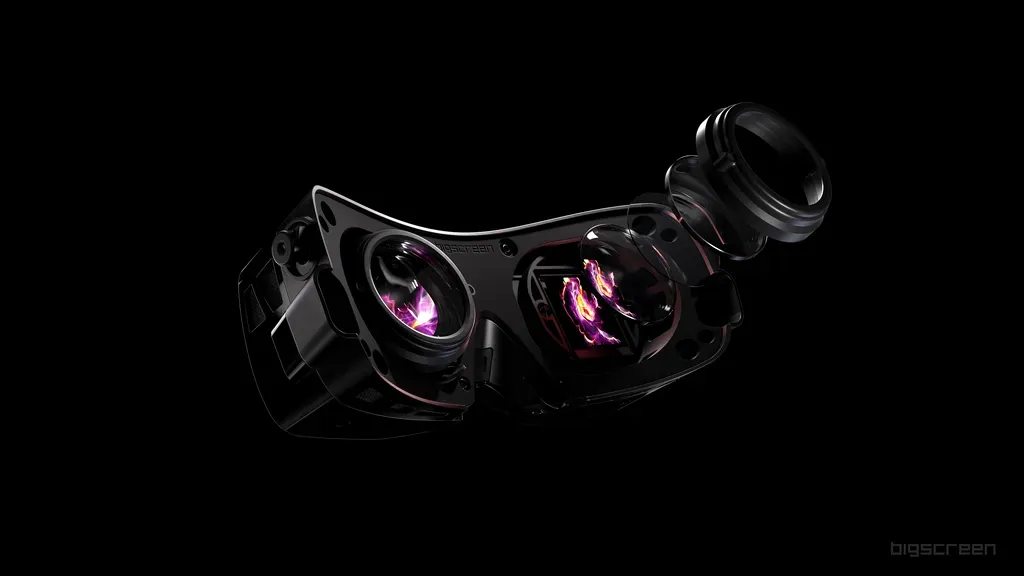Custom optical lenses have long been associated with enhancing our ability to see the world more clearly. However, these precision-crafted components have found new and exciting applications in emerging technologies, far beyond the realm of human vision. In this article, we will uncover the lesser-known applications of custom optical lenses in fields such as virtual reality, augmented reality, LiDAR, and more, where precision optics play a critical role in shaping the future of technology.
Virtual Reality (VR) and Augmented Reality (AR)
Virtual reality and augmented reality are immersive technologies that rely heavily on custom optical lenses to create lifelike experiences. In VR headsets, custom lenses are use to magnify and distort images display on screens, creating a 3D effect that simulates a virtual environment. These lenses must be precisely calibrate to minimize distortion and provide a wide field of view, ensuring a comfortable and immersive VR experience.
In AR devices like smart glasses, Custom Aspheric Lenses serve a different purpose. They overlay digital information onto the user’s real-world view. These lenses must be transparent and finely tuned to ensure that digital content appears seamlessly integrated with the physical environment, making AR applications practical and user-friendly.
LiDAR Technology
LiDAR (Light Detection and Ranging) technology is instrumental in various applications, including autonomous vehicles, mapping, and environmental monitoring. and LiDAR sensors use laser beams and custom optical lenses to measure distances and create detailed 3D maps of surroundings.
Custom optical lenses are crucial in LiDAR systems as they enable precise laser beam control, ensuring accurate distance measurements. These lenses are designe to be highly transparent and durable, allow them to withstan challenging environmental conditions while maintaining optical clarity.
Medical Imaging
In the field of medical imaging, custom optical lenses have a significant impact Endoscopes, for example, use these lenses to capture high-quality images inside the human body for diagnostic and surgical purposes Custom lenses in endoscopes are designe to be compact, lightweight, and capable of producing sharp images in tight spaces.
Similarly, microscopy relies on custom optical lenses to magnify and visualize minuscule biological structures and particles. The quality and precision of these lenses are critical for accurate medical diagnoses and scientific research.
Aerospace and Defense
The aerospace and defense industries also benefit from custom optical lenses. Precision optics are used in a wide range of applications, from targeting systems for military aircraft to satellite imaging These lenses must withstand extreme conditions, including rapid temperature changes and high levels of radiation, while delivering sharp and clear images.
Custom optical lenses enable the development of advanced surveillance, navigation, and
communication systems that are essential for national security and space exploration.
Industrial Automation
In industrial automation, custom optical lenses play a crucial role in quality control, inspection, and robotics. Machine vision systems use these lenses to capture images and identify defects in manufacturing processes. Custom lenses are designe to optimize image clarity and precision, ensuring accurate and efficient automation solutions.
Conclusion
Custom optical lenses have transcended their traditional role in vision correction to become indispensable components in various emerging technologies. From enabling immersive experiences in virtual and augmented reality to facilitating precise measurements in LiDAR systems,
custom optical lenses are at the forefront of innovation.
As technology continues to advance, the demand for custom optical lenses with ever-increasing levels of precision and performance will only grow. The collaboration between optical engineers, manufacturers, and innovators in various industries will continue to push the boundaries of what is possible,
shaping the future of technology in ways we have yet to imagine.

